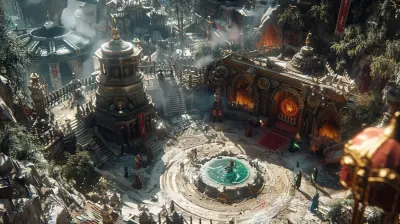The Art of Creating Immersive Fantasy Game Worlds
25 October 2025
When you think about your favorite fantasy games, what’s the first thing that comes to mind? Is it the sprawling landscapes, the intricate lore, or maybe the unforgettable characters? All of these elements have one thing in common—they’re part of a carefully crafted game world that feels alive and immersive. Creating these rich, engaging worlds isn’t just a roll of the dice; it’s an art form that combines creativity, storytelling, and technical know-how.
In this piece, we’re peeling back the curtain on what makes a fantasy game world truly immersive. Whether you’re a game dev, a writer, or just a player who marvels at the intricate details of these virtual realms, you’re in for a treat.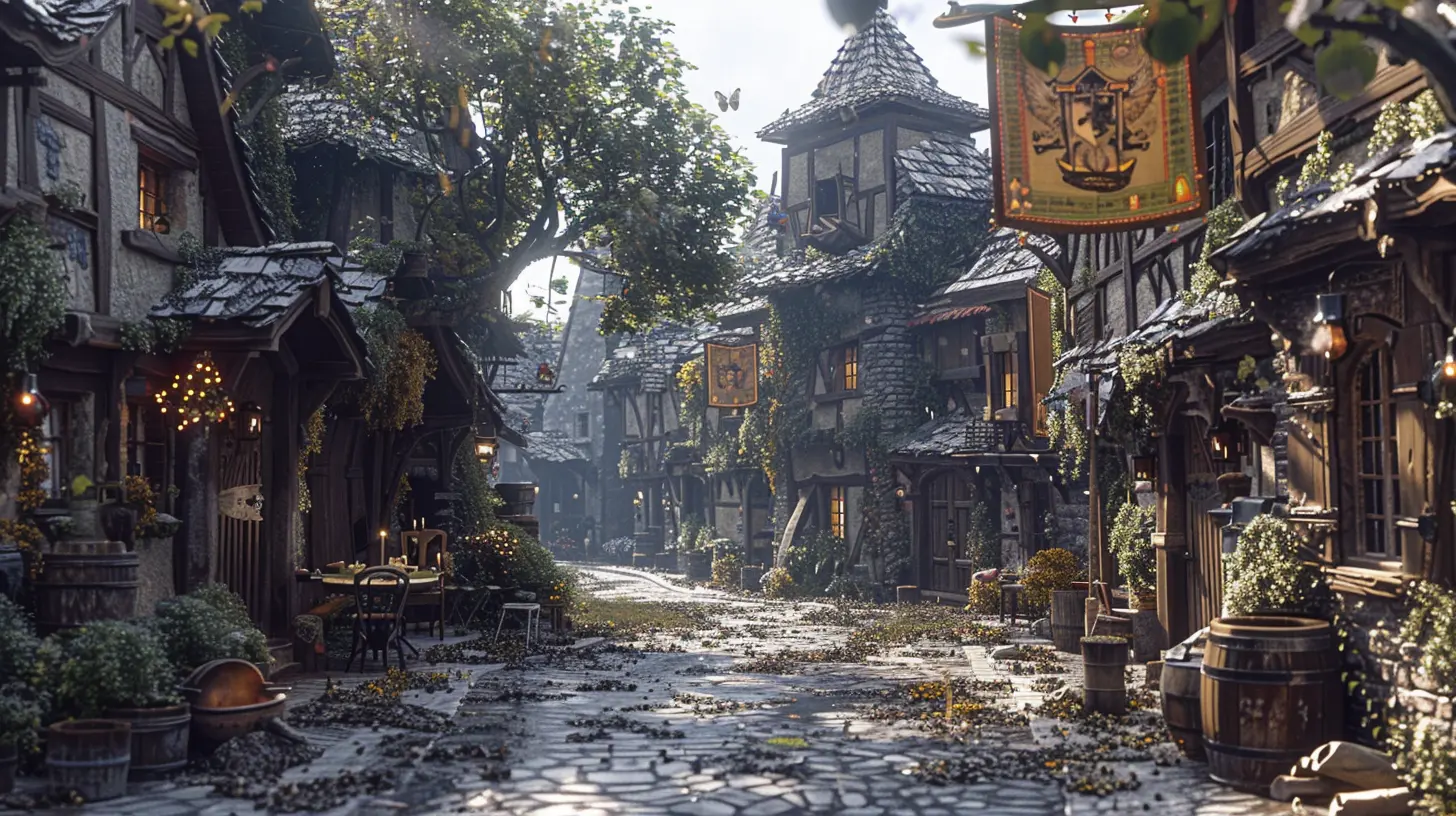
What Makes a Game World Immersive?
Let’s kick things off with the basics. What exactly makes a fantasy game world immersive? It's not just about slapping a dragon on a mountain and calling it a day. Immersion comes from how all the moving parts of a game work together seamlessly.Think about it: You’ve got the environment, the storyline, the characters, the sound design, and even the mechanics. Each piece is like a thread in a tapestry. If even one thread is frayed, the whole thing feels off. It’s this holistic approach that gets players hooked.
It’s more than just world-building—it’s world-living. Players don’t just want to see your world; they want to feel it, like they’re walking through it themselves. 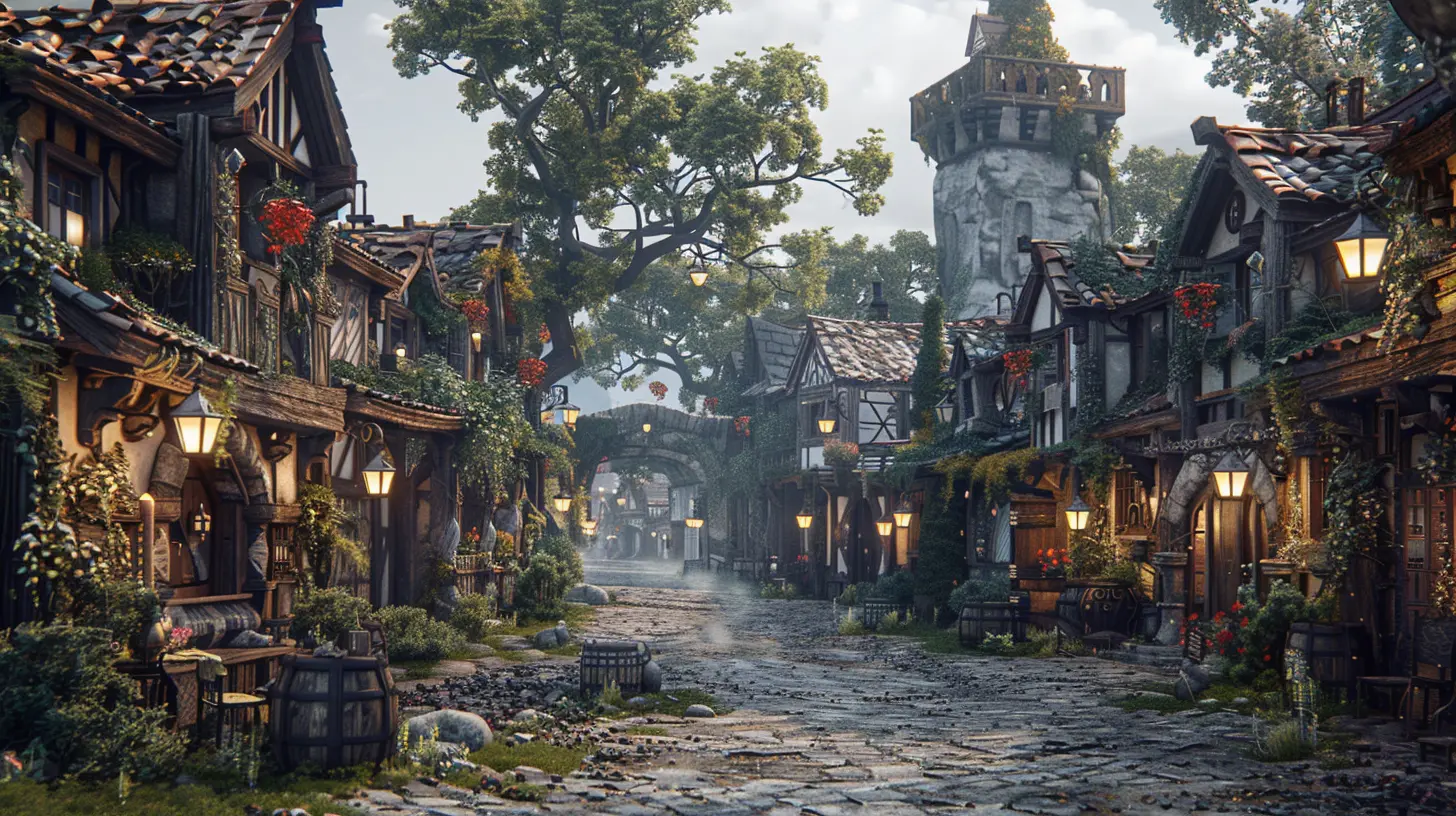
Building the Foundation: Lore and World-Building
Every great fantasy game world starts with its lore. This is where the magic happens—literally. The best lore answers the "whys" and "hows" of your world. Why are the elves at war with the dwarves? How did that massive crater in the middle of the map come to exist? These details are what make your world feel alive.One pro move? Create a history for your world that predates the events of your game. Think about Tolkien’s Middle-earth—he developed the languages, cultures, and a history that spanned thousands of years. Even if players don’t see every detail, the depth is palpable. It’s like seasoning a good soup: You don’t see the herbs, but you can taste them.
But here’s the trick: Balance is key. Too much lore can overwhelm players, while too little can make your world feel generic.
Geography and Landscape: Setting the Stage
Your game world’s geography is like the stage for a play. It sets the tone and dictates how players will interact with the environment. From towering mountains to dense forests, every detail should serve a purpose.Want to make it memorable? Focus on contrasts. Think icy tundras bordering scorching deserts, or a serene forest hiding a dark, cursed swamp. These contrasts create intrigue, prompting players to ask, “What’s out there?” and motivating them to explore.
Even small details matter. That crumbling bridge over a raging river? It’s not just a cool set piece—it’s a storytelling opportunity.
Cultures and Factions: Breathing Life Into Your World
A world is only as interesting as the people (or creatures) that inhabit it. This is where cultures and factions come in. Think about the societies in your world—what are their beliefs, traditions, and quirks?For example, maybe one faction is a group of nomads who worship the stars, while another is a tech-obsessed kingdom that rejects magic. These differences create conflict, which is the lifeblood of any compelling story.
And don’t forget the small stuff! Maybe a village celebrates a quirky holiday where they throw turnips at each other. It’s weird, sure, but it makes the world feel real.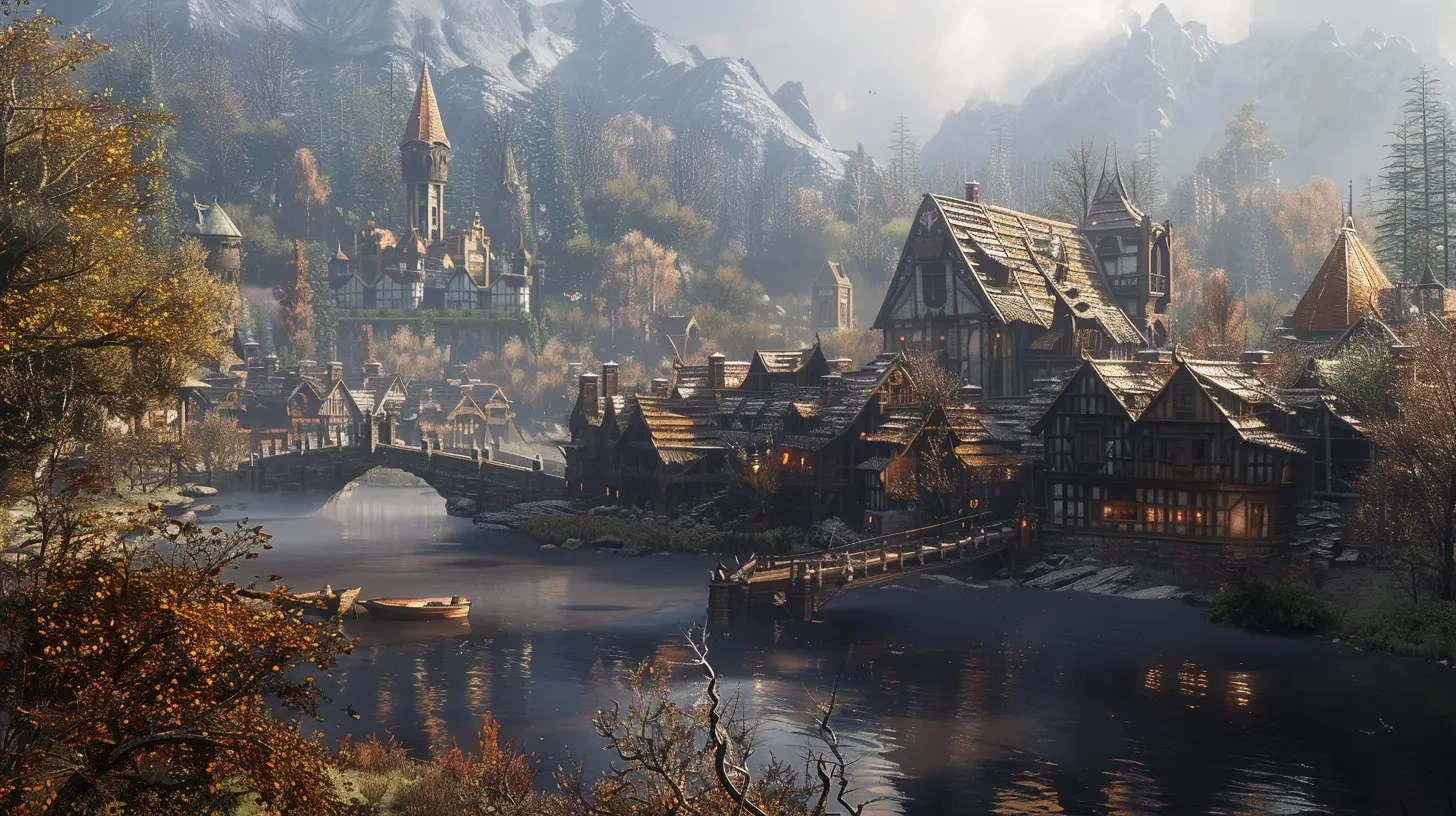
Visual Storytelling: Show, Don’t Tell
Visual storytelling is a game designer’s secret weapon. While lore and dialogue are important, sometimes showing beats telling. A ruined castle overrun with vegetation tells you more about the fall of a kingdom than a 10-minute exposition dump ever could.Environmental storytelling also encourages exploration. Players should feel rewarded for poking around, whether it’s finding an old journal in a sunken ship or deciphering strange symbols carved into a cave wall. These moments make the world feel interactive, not just decorative.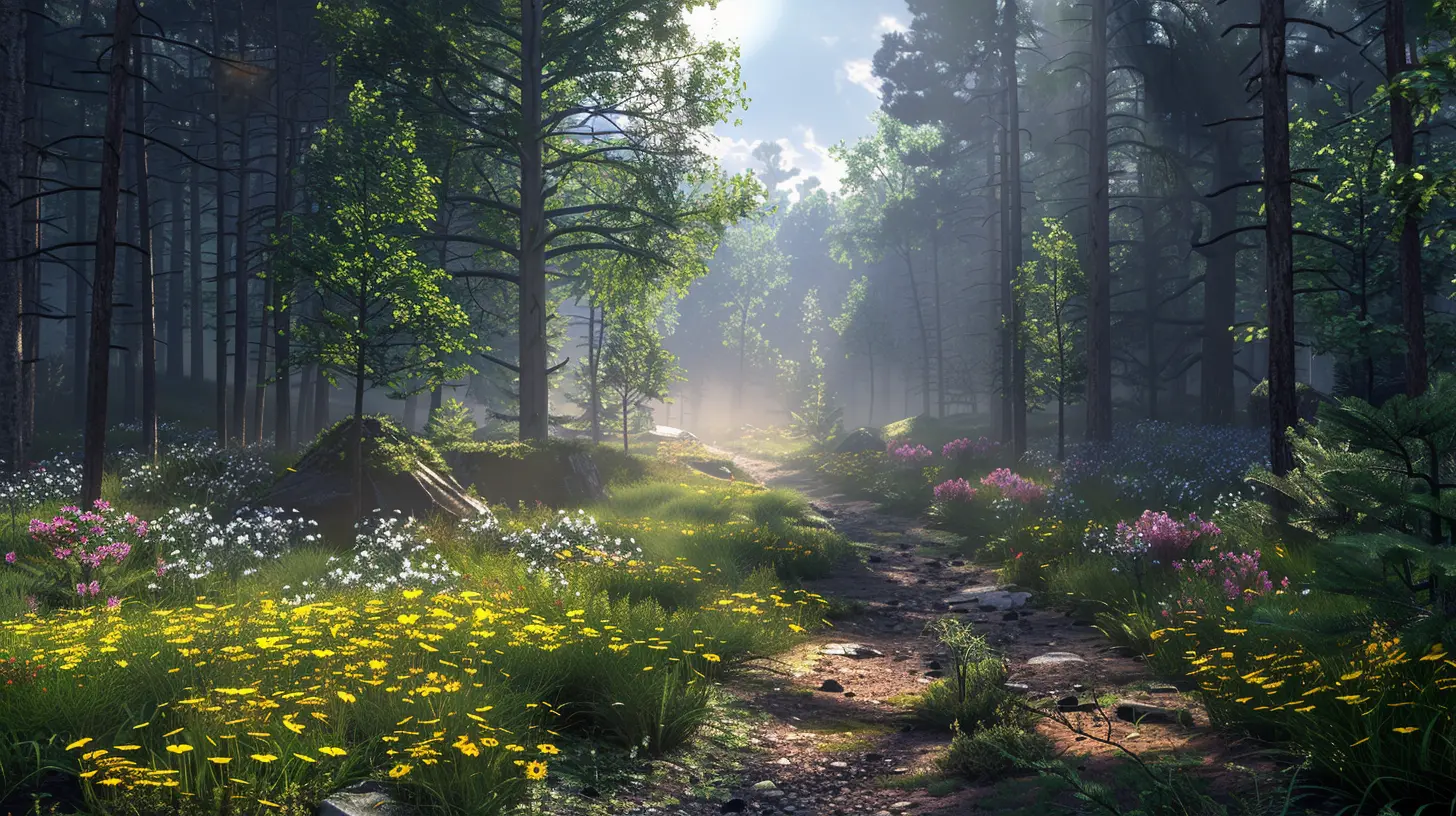
Immersive Sound Design: The Invisible Force
Close your eyes for a second and imagine the sound of a dragon’s wingbeats overhead. Pretty cool, right? That’s because sound is just as important as visuals when it comes to immersion.Sound design sets the mood. The ambient rustling of leaves, the faint whispers in an eerie cavern, or the triumphant swell of an orchestra after a big boss fight—it all works together to pull you into the game.
And let’s not forget voice acting. A well-voiced character can make or break how invested players feel in the story. Bad voice acting? It’s like watching a Shakespeare play performed by robots.
Dynamic Gameplay: Player Agency Is King
All the fancy landscapes and lore in the world won’t mean much if the gameplay doesn’t hold up. Immersion thrives when players feel like their actions have weight. Choices—whether it’s aligning with a particular faction or deciding the fate of a village—should have consequences that ripple through the world.It’s not just about giving players choices, though. It’s about making those choices matter. If a side quest feels like busywork, it pulls players out of the experience. But if completing that quest reshapes a town, introduces a new NPC, or unlocks a hidden area? That’s pure gold.
The Role of Technology: Elevating Immersion
Let’s talk tech for a second. Advances in game engines, like Unreal Engine 5, have revolutionized how immersive fantasy worlds can be. High-definition graphics, realistic lighting, and dynamic weather systems can all add layers of believability.But here’s the thing: Fancy graphics don’t mean squat without good design. Some of the most immersive games out there (looking at you, indie gems) achieve this with simple visuals because the world was crafted with love and care. It’s not about how shiny things look—it’s about how they feel.
Narrative Integration: Weaving Story and World Together
A world without a story is just a map. To truly captivate players, integrate the narrative into your environment. Smart developers do this by embedding pieces of the story into every corner of the world. It could be an NPC telling tales by a campfire or a shattered sword embedded in rock that hints at a hero’s fall from grace.The goal here is to make the player feel like they’re uncovering a mystery, not just being spoon-fed plot points.
Why Immersion Matters
Still wondering why immersion is such a big deal? It boils down to one thing: connection. When players feel immersed, they bond with the game emotionally. They don’t just remember the plot or the quests—they remember how the game made them feel. And that’s the magic that turns a game from good to legendary.The Takeaway
Creating an immersive fantasy game world isn’t just about slapping together cool ideas—it’s about weaving them into something players can lose themselves in. From detailed lore to breathtaking landscapes, dynamic gameplay to atmospheric sound design, every piece matters. Remember, it’s not just about building a world; it’s about inviting players to call it home.So, the next time you dive into a fantasy game, take a moment to appreciate all the moving parts that make it feel so alive. And if you’re a creator? Keep pushing boundaries, because the best worlds are the ones we never want to leave.
all images in this post were generated using AI tools
Category:
Fantasy GamesAuthor:

Tina Fisher
Discussion
rate this article
1 comments
Laura Jacobs
This article brilliantly explores how immersive fantasy game worlds are crafted through intricate storytelling, rich lore, and stunning visuals. It highlights the importance of player agency and environmental storytelling, demonstrating that a well-designed world can significantly enhance player engagement and emotional connection.
October 27, 2025 at 5:16 AM

Tina Fisher
Thank you for your insightful comment! I'm glad you found the exploration of storytelling, lore, and player agency valuable in understanding the art of immersive fantasy game worlds.


